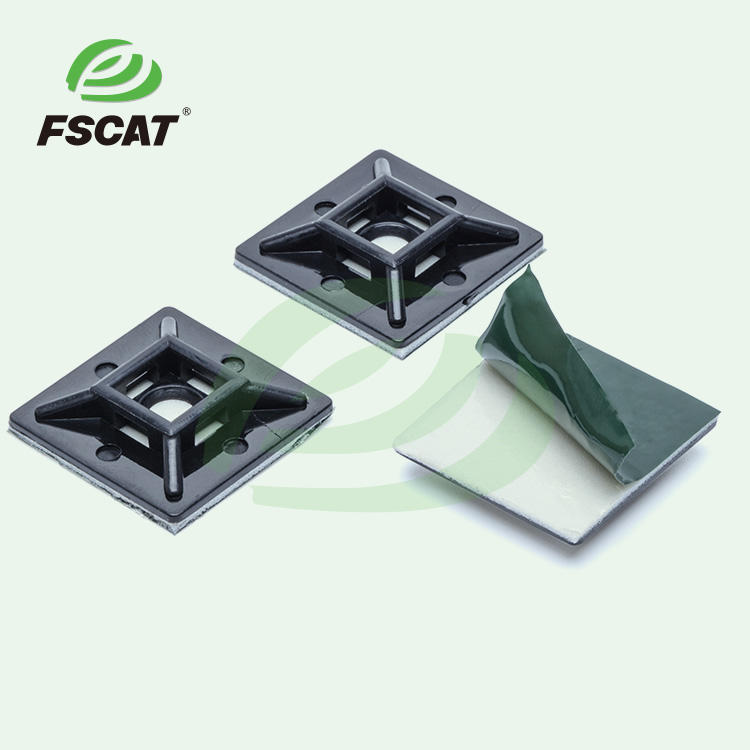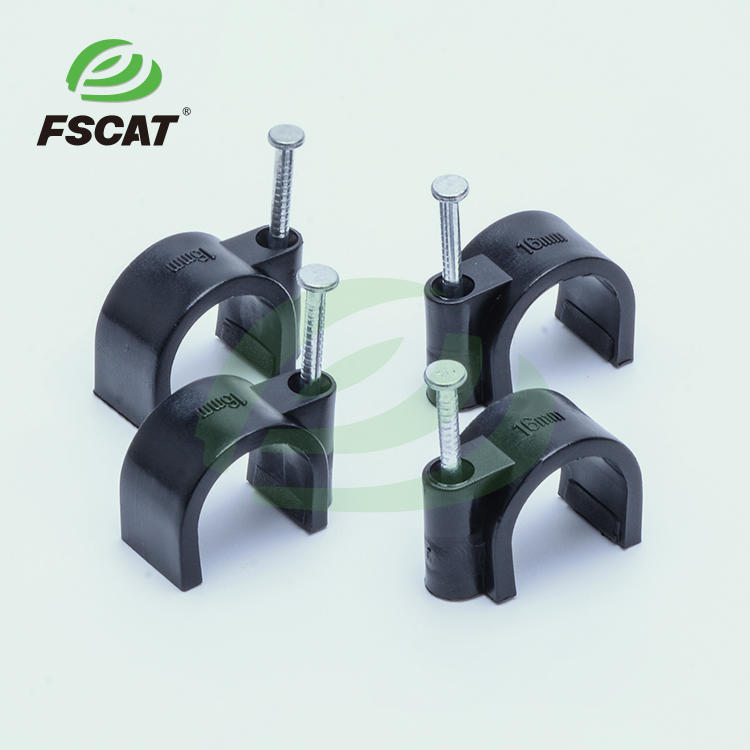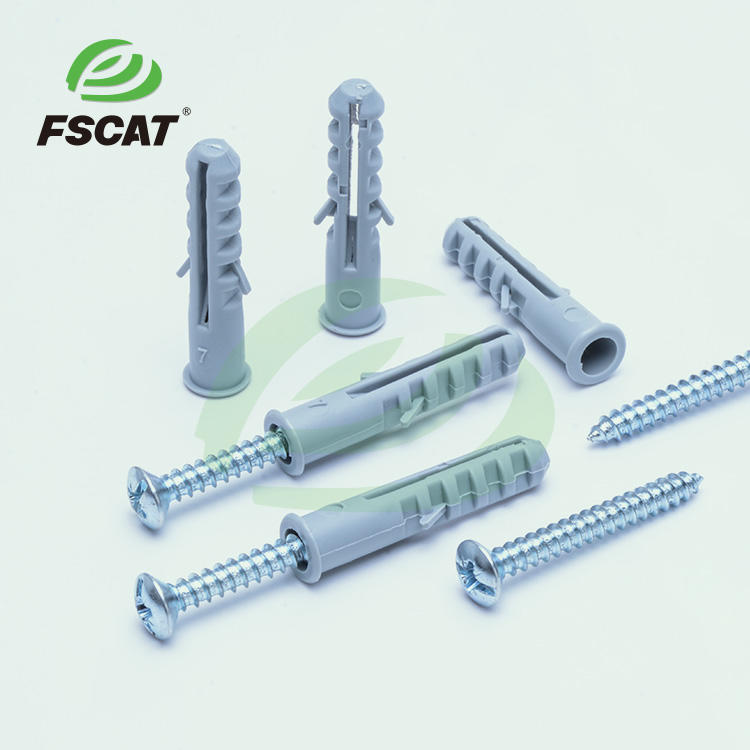How are Stainless Steel Cable Ties Produced?
Stainless steel cable ties stand as essential tools for securing and organizing items across diverse industries. Behind the scenes, FSCAT, a trusted name in the industry, employs a meticulous manufacturing process to ensure the quality, durability, and reliability of their stainless steel cable ties. Let's explore the extended production journey of these indispensable tools, showcasing FSCAT's commitment to excellence.
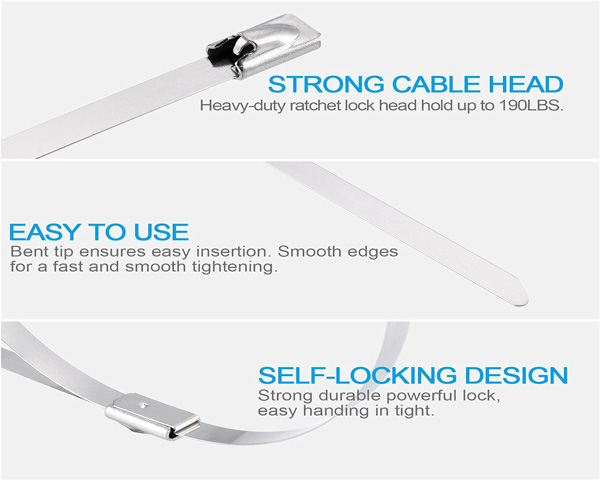
1. Automated Cutting and Precision Bending
Automatic Cutting: Firstly, the stainless steel strips are cut using an automated cutting apparatus. This equipment precisely cuts the stainless steel strip according to the specified length requirements, forming the individual length of a single cable tie.
Precision Bending: After the cutting process, the stainless steel strips are directed to the next workstation for precision bending. At this stage, the strips are bent into a distinctive shape, comprising the body and locking mechanism of the cable tie. The bending process must be extremely precise to ensure that the final cable tie structure conforms to the design specifications.
2. Imprinting the Head
Post-shaping, FSCAT's cable tie heads undergo an imprinting process to fashion the locking mechanism. This step is crucial in guaranteeing a secure and adjustable fastening, showcasing FSCAT's dedication to precision engineering.
3. Automated Ball Installation
Elevating the locking capability, stainless steel ball bearings are seamlessly installed onto the cable ties through an automated process. FSCAT prioritizes precision in this step to ensure optimal functionality.
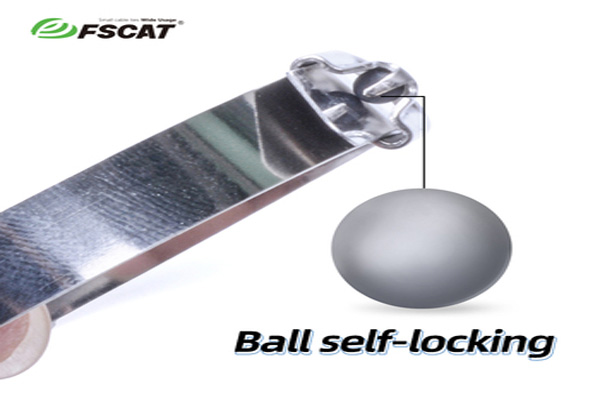
4. Ultrasonic Cleaning Excellence
FSCAT employs ultrasonic cleaning to eliminate any contaminants or residues from the cable ties. This not only enhances the cleanliness of the ties but also prepares them for the subsequent phase of assembly.
5. Meticulous Manual Assembly
A pivotal phase in FSCAT's process involves the meticulous manual assembly of cable ties. Skilled artisans delicately thread the ties through the locking mechanism, ensuring precise alignment and secure attachment. This meticulous step ensures that FSCAT's cable ties are ready for any application.
6. Stringent Quality Control and Inspection
Post-assembly, each cable tie undergoes FSCAT's stringent quality control and inspection. This comprehensive check includes defect verification, dimensional confirmation, and validation of the locking mechanism's flawless functionality.
7. Tailored Packaging for Optimal Storage
Successfully passing the quality control checks, FSCAT's cable ties are thoughtfully packaged for storage and distribution. Packaging methods are tailored based on quantity and application, guaranteeing that the ties remain in pristine condition until they reach the end users.

Stainless steel cable ties from FSCAT find applications across various industries, a testament to their strength, durability, and reliability. The detailed production process underscores FSCAT's dedication to precision, quality, and attention to detail, ensuring that their cable ties meet and exceed the highest industry standards.
From automated manufacturing to manual assembly and rigorous quality control, each phase in FSCAT's production journey contributes to the creation of stainless steel cable ties that not only endure but excel in a myriad of applications. Choose FSCAT for cable ties that embody strength, durability, and precision.



